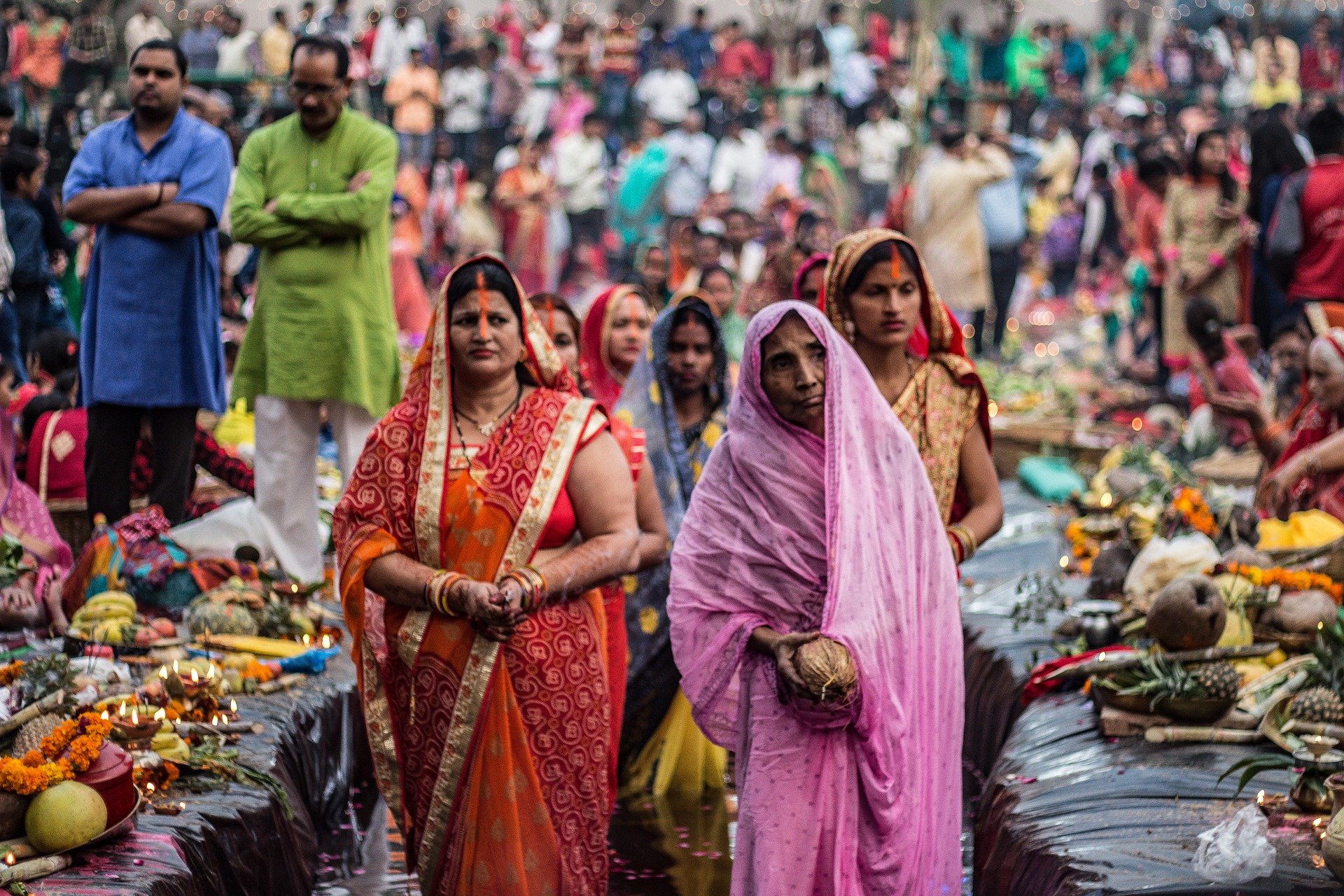
Fashion is a popular or the latest style of dressing, hair, decoration, and behavior or a particular manner of doing something. People wear or behave in different ways in different areas. They also change their styles with times and their living standards. Influence of Traditional or Cultural Dresses on Fashion. Fashion always changes itself with time. Sometimes it revives itself in different areas and it also resuscitates among the people. Many factors affect the revival of fashion but a major factor is the cultural or traditional wearing of the people all across the world.
Traditional outfits of any particular area can be the fashion for other areas with a different sense of dressing. The fashion industry all across the world is changing fashion trends in that way. They introduce outfits from other areas with some basic changes. But it is the reality that whole fashion things just revolve around traditional clothes. How does culture influences fashion? Let’s see.
Influence of Traditional Dresses on Fashion:
“Culture is a system of learned behavior patterns which are characteristics of the members of the society” (Hoebel, 1958). Culture or tradition of style consists of wearing and behaving is not related to any particular group of people. All the people no matter where they live and how they live have culture. Fashion is grasped from people’s traditional wearing from different parts of the world. Fashion relates to the elite class generally but it is not true at all. Every man and woman is capable of having fashion sense through his or her traditional dresses.
The fashion industry is all about making new and stylish products for the people, and also getting expensive with passing time. This industry runs on the basics of style, edge, and creativity, and changes things in every season. Traditional and cultural dresses are an integral part of the fashion industry. We speak through our clothes. Fashion is a way to express ourselves like who we are? Where are we from? And what do we do? When someone adopts some sort of fashion it means he is under influence of cultural forces or social factors.
Fashion is not an isolated ideology but it is well connected to our daily life. It is steps ahead of our routine wearing. It influences our lifestyle, our behavior with other people in society. In a nutshell, fashion is a name term that modernization our lifestyle in an artistic way influenced by traditional and cultural changes.
Here, we see the development of fashion under three main sources related to our traditions and culture.
Artistic Innovations or High Culture:
When the fashion designer brings creativity by using artistic changes, which are common in the elite class is called high culture. It is consisted of visual art, auditory art, and applied art. These three terms bring inspiration to the fashion industry. Designer absorbs the ideas of changes through these sources. Elite activities provide the platform for these innovations. For example, the fashion of new and expensive handbags are one of most growing and popular section of the fashion industry.
Most Popular Tradition:
It is part of a tradition that is appreciated by many audiences all across the world. It is a very simple category of fashion that is understood by people on a larger scale. People watch movies, TV shows, and sports segments. They love their favorite actor or player; they want to dress like them. People demand these types of innovations from the fashion industry. The industry never disappointed them, by providing them what they want? Globalization of the world plays an important role to spread this fashion term. There are many TV shows related to the fashion industry in almost all countries. These common trends of fashion produce mass consumption of products all over the world.
Low Culture:
It means the tradition of wearing in streets and culture of the small towns and villages. These types of styles are part of the fashion industry from the 70s to the present day. These styles are easily adopted by the people and become an integral part of modern fashion. This traditional wearing makes their place in the fashion industry that they are hard to identify from the modern fashion. For example, the Japanese Harajuku girls, who are teenagers, originally from Tokyo’s Harajuku district, dress in a particular way. American singer Gwen Stefani named her 2005 world tour as well as her clothing line after these girls. By this, we can see that how local traditional and cultural dresses have become a part of global fashion.
Bottom Line:
As we discuss before, culture or tradition means the living style of the society. Dress is a very significant and vital aspect of almost every culture. At the start of globalization of the world, it was considered odd to wear other regions’ outfits but now, it is fashion to adopt the other society’s clothes. No matter where you live or what you wear, it is most likely the traditional dress of your society or style of other regions and that is fashion to you. We can smell the fragment of traditional dressing in modern fashion. So, we can say that traditional and cultural outfits play a vital role in deciding the modern fashion trends.
Fashion trends are the mirrors that reflect the cultural diversity of society. There is a saying that fashion impacts the traditions of the regions, it is true but the majority of the time, traditions affect fashion’s creativity.